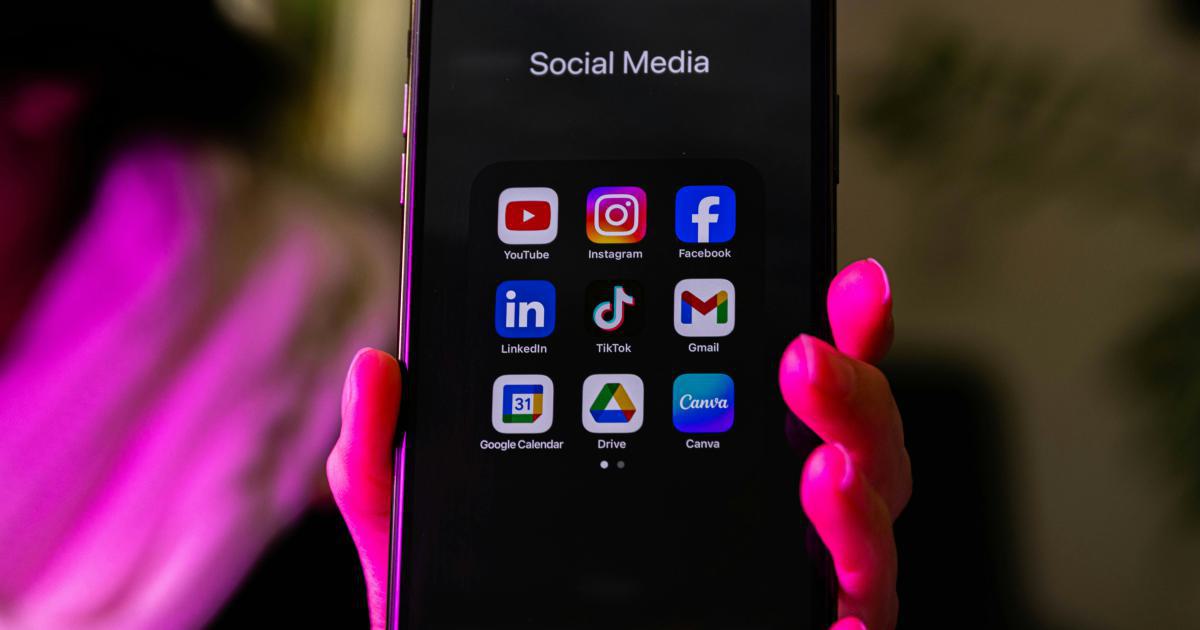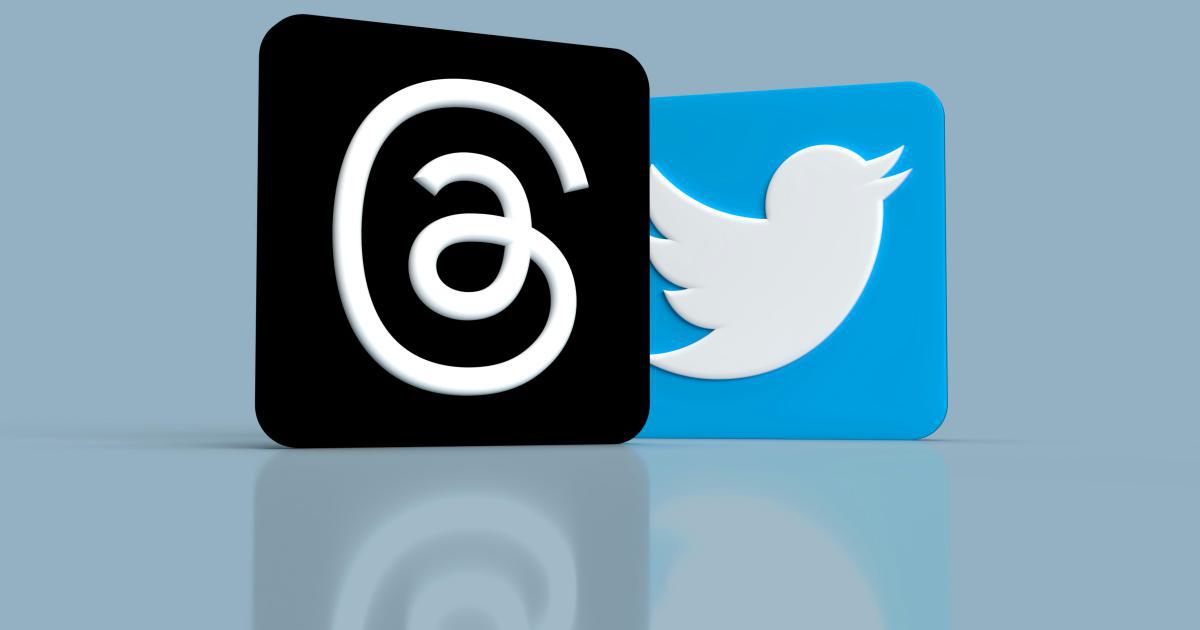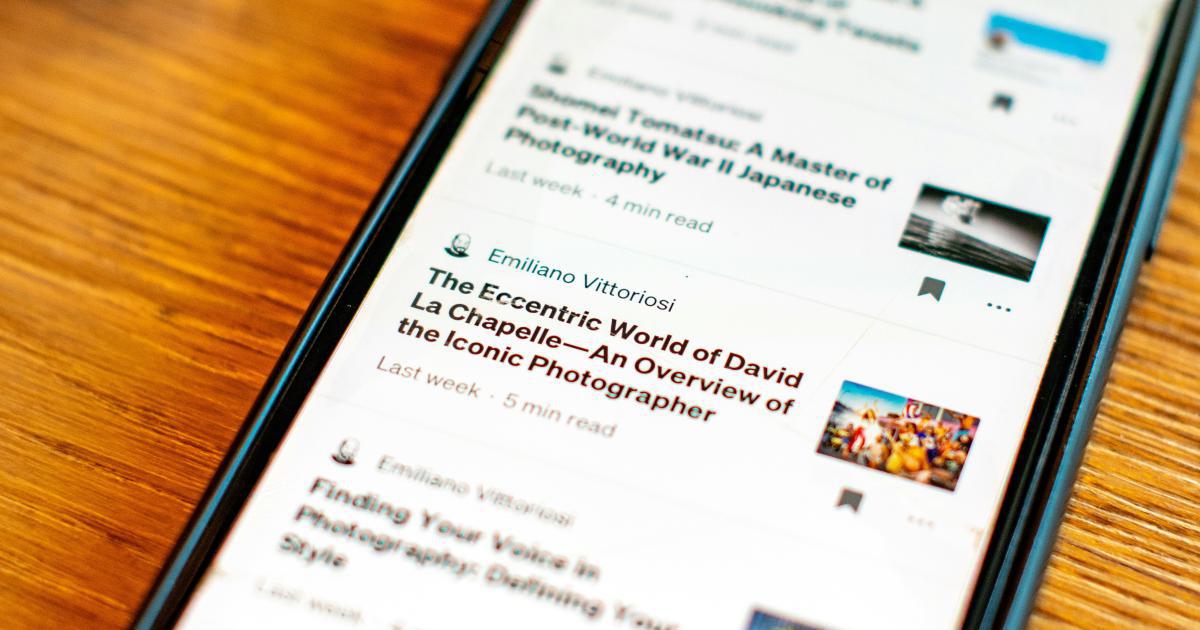Increase Social Shares with A/B Testing Headlines


Introduction
In the fast-paced world of digital marketing, capturing the attention of your audience is crucial. One of the most critical elements in this pursuit is the humble headline - the first thing readers see, and often the deciding factor in whether they choose to engage with your content. A/B testing headlines is a powerful strategy that can help you optimize your social media posts and drive more shares, clicks, and engagement.
In this comprehensive Q&A-style article, we'll explore the art and science of A/B testing social media headlines, equipping you with the knowledge and tools to create irresistible content that resonates with your target audience.
Q&A Sections
What is A/B testing, and how does it apply to social media headlines?
A/B testing, also known as split testing, is the process of comparing two versions of a marketing asset, such as a social media post, to determine which one performs better. In the context of social media headlines, A/B testing involves creating two or more variations of a headline and then measuring the performance of each version to identify the most effective one.
The key to successful A/B testing for social media headlines is to isolate the variable you want to test, such as the wording, length, tone, or inclusion of specific elements like numbers or emojis. By measuring metrics like click-through rate, engagement, and social shares, you can determine which headline resonates best with your audience and then apply those insights to future content.

Why is A/B testing social media headlines important?
A/B testing social media headlines is crucial for several reasons:
Increased Engagement: By identifying the most compelling headlines, you can capture your audience's attention and encourage them to engage with your content, whether that's clicking through, commenting, or sharing.
Optimized Content Performance: A/B testing allows you to fine-tune your headlines and maximize the impact of your social media posts, leading to higher reach, visibility, and overall content performance.
Data-Driven Decision Making: Rather than relying on guesswork or personal preferences, A/B testing provides you with concrete data and insights to guide your content strategy, leading to more informed and effective decision-making.
Continuous Improvement: A/B testing is an ongoing process, enabling you to continuously refine and improve your headlines, ensuring that your social media content remains engaging and relevant over time.
What are some best practices for A/B testing social media headlines?
Effective A/B testing of social media headlines requires a strategic approach. Here are some best practices to keep in mind:
Clearly Define Your Objectives: Before you start testing, clearly define what you want to achieve, such as increased click-through rates, higher engagement, or more social shares. This will help you determine the most relevant metrics to track and analyze.
Isolate the Variable: When creating your A/B test variations, ensure that you're only changing one element at a time, such as the wording, length, or inclusion of specific elements. This will help you accurately attribute any performance differences to the specific variable you're testing.
Maintain a Balanced Sample Size: To obtain statistically significant results, make sure your test groups have a large enough sample size. A general rule of thumb is to have at least 100 views or interactions per variation.
Test at Optimal Times: Consider the best times and days to post on your social channels, as well as factors like your audience's behavior and online activity patterns. This will help ensure that your A/B test is conducted under optimal conditions.
Analyze and Iterate: Carefully analyze the results of your A/B test, looking for clear winners and identifying patterns or insights that can inform your future content strategies. Use these learnings to refine your headlines and continue the testing process.
Experiment with Different Elements: While it's important to isolate variables, don't be afraid to test a wide range of elements, such as emotional appeals, unique formatting, or industry-specific keywords. Variety and experimentation can lead to valuable discoveries.

How can you generate engaging headline ideas for A/B testing?
Crafting compelling headlines for A/B testing requires a combination of creativity and strategic thinking. Here are some techniques to help you generate engaging headline ideas:
Leverage Emotional Appeals: Tap into your audience's emotions by using headlines that evoke feelings of curiosity, excitement, or a sense of urgency. Words like "surprising," "amazing," or "last chance" can be powerful attention-grabbers.
Highlight Benefits: Focus on the value your content provides to your audience by emphasizing the benefits they'll receive. Headlines that begin with "How to," "The Secret to," or "X Ways to" can be highly effective.
Use Relevant Keywords: Incorporate keywords that are relevant to your industry, niche, or the specific topic of your content. This can help your headlines rank higher in search results and social media feeds.
Experiment with Formatting: Try different formatting techniques, such as numbered lists, questions, or the inclusion of emojis or special characters. These can help your headlines stand out in a crowded feed.
Draw Inspiration from Successful Examples: Research your competitors or industry leaders and analyze the headlines that have performed well for them. Use these as a starting point to develop your own variations.
Leverage User-Generated Content: Consider incorporating feedback, questions, or insights from your audience into your headline ideas. This can help you create content that resonates with your target market.

How do you effectively run A/B tests for social media headlines?
Running effective A/B tests for social media headlines involves a structured approach. Here are the key steps to follow:
Define Your Hypothesis: Begin by clearly articulating the assumption you want to test, such as "Longer headlines with numbers will perform better than shorter, text-only headlines."
Create Your Variations: Develop two or more variations of the headline, ensuring that you're only changing one element at a time, such as the length, tone, or inclusion of specific elements.
Determine Your Sample Size: Decide on the appropriate sample size for your test, taking into account factors like your overall audience size and anticipated engagement levels.
Select Your Platforms and Timing: Choose the social media platforms and posting times that will give you the best chance of reaching your target audience and obtaining statistically significant results.
Monitor and Analyze the Results: Closely track the performance of your headline variations, measuring key metrics like click-through rate, engagement, and social shares. Use this data to determine the winning headline.
Iterate and Refine: Apply the insights from your A/B test to refine your headline strategy, and continue the testing process to further optimize your content performance.
Key Takeaway: Effective A/B testing for social media headlines requires a structured approach, a clear hypothesis, and a commitment to continuous learning and improvement.

What are some common mistakes to avoid when A/B testing social media headlines?
While A/B testing can be a powerful tool for optimizing your social media content, there are also some common pitfalls to be aware of:
Insufficient Sample Size: Running A/B tests with too small a sample size can lead to inconclusive or unreliable results. Ensure you have enough data to draw statistically significant conclusions.
Failure to Isolate Variables: If you change multiple elements in your headline variations, it becomes challenging to attribute any performance differences to a specific factor. Stick to testing one variable at a time.
Inconsistent Timing and Platforms: Posting your A/B test variations at different times or on different social media platforms can introduce external variables that skew your results. Try to maintain consistency in your testing conditions.
Lack of Baseline Data: Without a clear understanding of your current headline performance, it's difficult to assess the impact of your A/B testing efforts. Establish baseline metrics before you begin testing.
Overreliance on a Single Metric: While metrics like click-through rate and engagement are important, they may not tell the whole story. Consider evaluating a broader range of performance indicators, such as conversions or long-term audience behavior.
Insufficient Iteration: A/B testing is an ongoing process, not a one-time event. Continuously refine and test your headlines to build a comprehensive understanding of what resonates with your audience.
Remember: Avoiding these common mistakes will help you conduct more reliable and impactful A/B tests, leading to more effective social media headlines and, ultimately, better overall content performance.

How can you measure the success of your A/B tested social media headlines?
Measuring the success of your A/B tested social media headlines is essential for understanding the impact of your efforts and informing future content strategies. Here are some key metrics to track:
Click-Through Rate (CTR): This metric measures the percentage of people who click on your headline and visit your content. A higher CTR indicates a more compelling and engaging headline.
Engagement Rate: Track likes, comments, shares, and other interactions to gauge how your audience is responding to your headlines. Higher engagement rates suggest more effective headlines.
Reach and Impressions: Monitor the number of people who see your social media posts with the A/B tested headlines. This can help you understand the broader impact of your content.
Conversion Rate: If your goal is to drive specific actions, such as sign-ups or purchases, track the conversion rate for each headline variation to determine which one is most effective at driving conversions.
Bounce Rate: For headlines that lead to website content, monitor the bounce rate, which indicates the percentage of visitors who leave the page without taking any further action. Lower bounce rates suggest more effective headlines.
Sentiment Analysis: Examine the sentiment expressed in comments and reactions to your headlines. Positive sentiment can indicate that your headlines are resonating with your audience.
Key Takeaway: By tracking a combination of these metrics, you can gain a comprehensive understanding of how your A/B tested social media headlines are performing and make informed decisions to optimize your content strategy.

How can you use the insights from A/B tested social media headlines to improve your overall content strategy?
The insights you gain from A/B testing your social media headlines can have a far-reaching impact on your overall content strategy. Here are some ways to leverage these learnings:
Refine Your Tone and Voice: Analyze which headline variations performed best and identify patterns in the tone, language, and overall voice that resonated with your audience. Apply these insights to refine the way you communicate across all your social media content.
Optimize Headline Length and Structure: Determine the optimal length and structure for your headlines, whether that's shorter, punchier versions or longer, more detailed ones. Use these findings to guide the way you craft headlines for future content.
Incorporate Proven Formatting Techniques: If certain formatting elements, such as the use of numbers, emojis, or specific punctuation, proved to be effective in your A/B tests, incorporate these techniques into your broader headline strategy.
Leverage Audience Preferences: Pay close attention to the types of headlines that resonate most with your target audience, whether they're focused on benefits, emotional appeals, or industry-specific keywords. Use these insights to tailor your content to better meet the needs and interests of your followers.
Expand to Other Content Formats: The lessons you learn from A/B testing social media headlines can also be applied to the headlines and titles you use for other content formats, such as blog posts, email newsletters, or landing pages.
Inform Content Topic Selection: The performance of your A/B tested headlines can provide valuable clues about the types of topics and themes that your audience finds most engaging. Use this information to guide your content ideation and planning processes.
Key Takeaway: By continuously learning from the results of your A/B tested social media headlines, you can refine your overall content strategy, ensuring that your brand delivers consistently compelling and resonant messages across all your digital channels.

Conclusion
In the dynamic world of social media, crafting attention-grabbing headlines is essential for driving engagement, increasing reach, and fostering a loyal following. By leveraging the power of A/B testing, you can unlock valuable insights that help you create more effective and impactful social media content.
Remember, successful A/B testing for social media headlines is an iterative process that requires a strategic approach, a commitment to continuous learning, and a willingness to experiment. By embracing these principles, you'll be well on your way to optimizing your social media performance and connecting with your audience in meaningful ways.
So, what are you waiting for? Start A/B testing your social media headlines today and watch your engagement and shares soar!